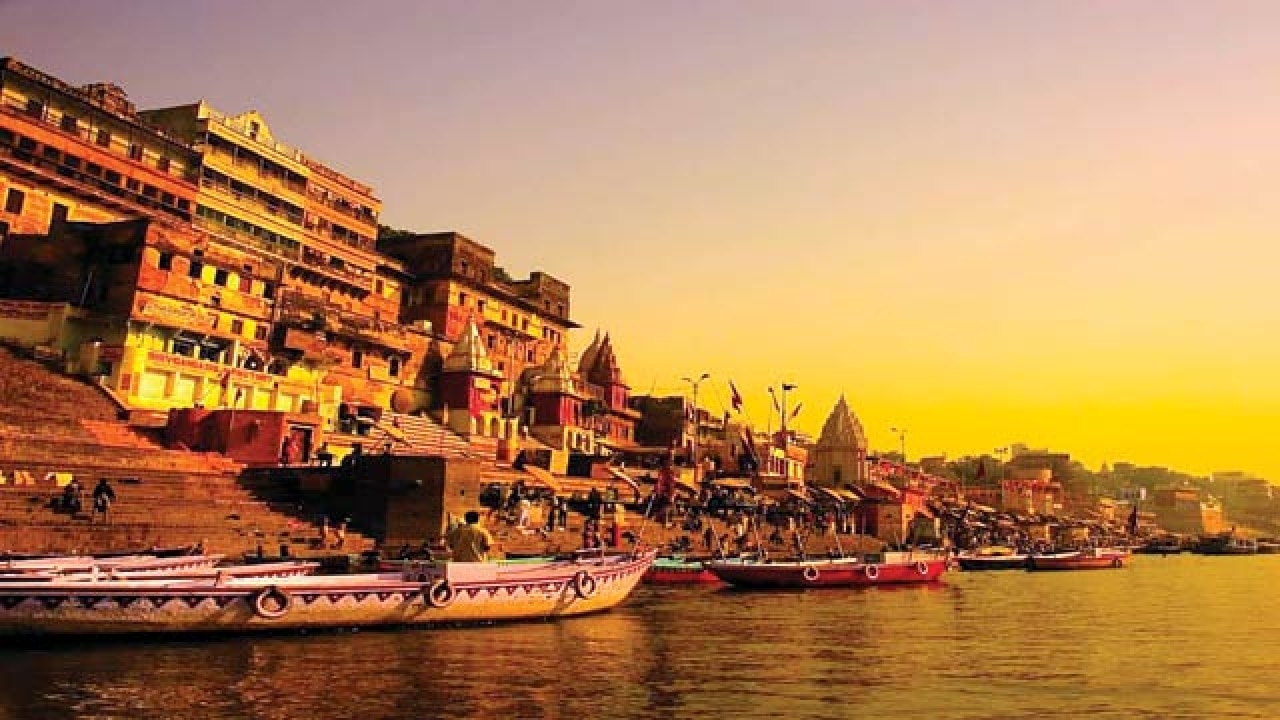
Varanasi — one of the oldest cities in the world — is not only an international tourist destination, but also one of the largest urban centres and a fast-growing city in the state of Uttar Pradesh.
The city is in the fast lane of development ever since Prime Minister Narendra Modi vowed to place it on the world stage as a vibrant city.
The government has cleared several major projects under its master plan for 2031 and Smart Kashi, a smart city proposal.
Infrastructure and real estate development are growing very rapidly in cities and in the outskirts. Apartment culture is keeping pace with the metro cities. And this advancement of human civilisation has put serious questions on the safe use of natural resources.
The city is threatened by groundwater extinction, shrinkage of surface water and its contamination, polluted air, and enormous land pressure. Also, the city is producing huge amounts of municipal solid waste, and due to the absence of a proper dumping ground, it’s being disposed in low-lying areas in every nook and corner of the city as well as at the banks of the rivers Ganga and Varuna, or in and around ponds and wells in the city.
According to a report, the forest cover is awfully low, accounting for not more than 5 per cent of the total area. In addition, there has been an exceptional rise in the built-up area, which has grown by 53 per cent. This signifies a spree in construction activity, mainly on account of increasing demand for residential accommodation and expansion of commercial activities.
Agricultural land has gone down by 5.3 per cent. The area under vegetation cover and wasteland, too, has declined by 20 per cent and 28 per cent, respectively.
Speedy growth of population over the last two decades has rendered the central part of the city overcrowded. Varanasi’s water-supply system is more than 100 years old, initially designed for a population of 2 lakh. But it now has to supply water to one-and-a-half million inhabitants.
A document of Varanasi Jal Nigam reports that the city obtains a total of 270 million litres of water from the Ganga and ground-water sources. The state government department, Varanasi Jal Sansthan, is engaged in the supply of drinking water to the people residing in the city of Varanasi. With all types of water supplies put together, Jal Sansthan provides a total of 27 crore litres of water per day.
With such a capacity of supply, each person in the city gets 169 litres of water every day, which is far below the World Health Organization’s norm of 270 litres a day. This means that about one-fifth of the population of the city is not supplied with potable water.
The combined effect of low flow and discharge of polluted effluents into the Ganga has caused severe deterioration in the quality of water. The lifeline of Varanasi’s residents, the Ganga, is now at risk.
A latest report of the Ministry Of Environment, Forest and Climate Change on the Ganga river shows that the stretch of Allahabad to Varanasi has more than 6 mg/l dissolved oxygen and high faecal coliform, which implies it is not suitable for even bathing purposes.
The author is a research scholar in the School of Environmental Sciences, JNU